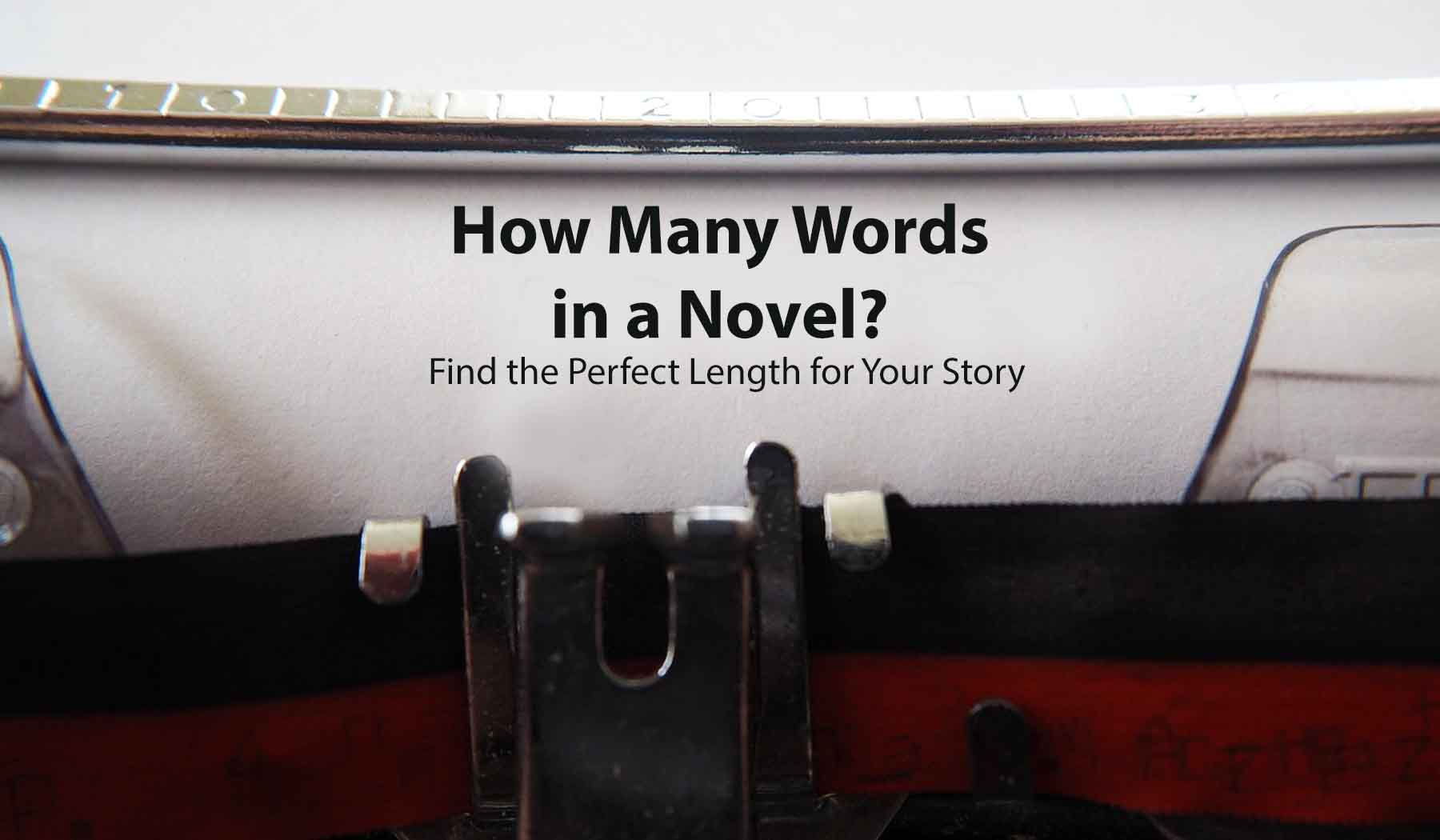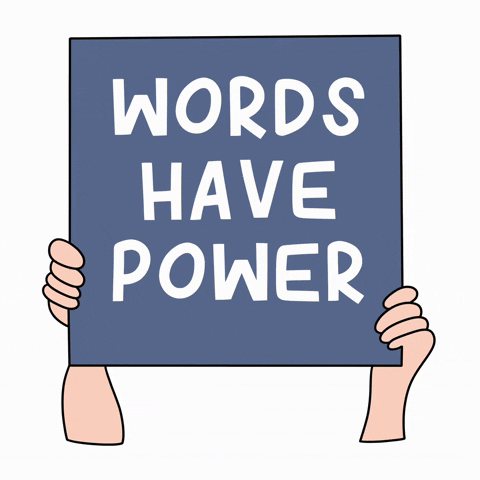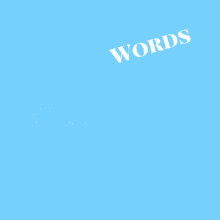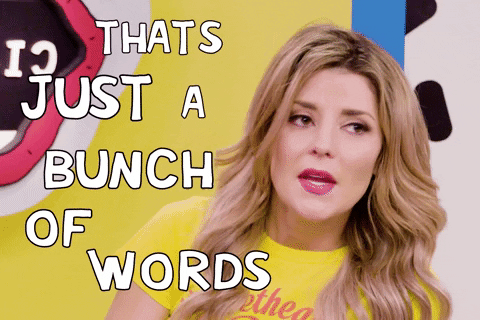When it comes to writing a novel, one of the common questions that authors often ask is, “How many words should my novel be?”
While there is no definitive answer to this question, as word counts can vary depending on various factors, such as genre, target audience, and publishing industry standards, it is essential to have a general idea of the typical word counts for different genres.
In this blog post, we will delve into the word count per genre, providing examples and insights to help you gauge the appropriate length for your novel.
Understanding Word Count and its Importance
Before we dive into genre-specific word counts, let’s briefly discuss what word count entails and why it matters.
Word count refers to the total number of words contained in a piece of writing, such as a novel.
While it may seem like a mere technicality, word count is significant for several reasons:
Reader Expectations:
Readers often have certain expectations regarding the length of a novel based on its genre.
Meeting these expectations can enhance the reading experience and ensure that your book fits within the conventions of its genre.
Publishing Industry Standards:
Literary agents and publishers typically have preferred word count ranges for each genre.
Staying within these ranges can increase your chances of securing representation and getting published.
Marketability and Production Costs:
Longer novels may require more production costs, impacting pricing, printing, and distribution.
Understanding word count expectations can help you navigate the commercial aspect of your writing.
Now, let’s explore word count guidelines for popular fiction genres:
1. Literary Fiction
Literary fiction is known for its focus on character development, intricate prose, and exploration of complex themes.
As such, word counts in literary fiction tend to be more flexible.
While there are no strict limits, the following ranges are commonly observed:
- Short Novels: 40,000 – 70,000 words (e.g., “Animal Farm” by George Orwell, with 29,966 words).
- Mid-Length Novels: 70,000 – 90,000 words (e.g., “To Kill a Mockingbird” by Harper Lee, with 99,121 words).
- Long Novels: 90,000+ words (e.g., “War and Peace” by Leo Tolstoy, with approximately 560,000 words).
2. Mystery and Thriller
Mystery and thriller novels are known for their suspenseful plots, engaging pacing, and unexpected twists.
Readers of this genre expect a certain level of excitement and intrigue, which is reflected in the word count guidelines:
- Short Novels: 70,000 – 80,000 words (e.g., “The Great Gatsby” by F. Scott Fitzgerald, with 47,094 words).
- Mid-Length Novels: 80,000 – 90,000 words (e.g., “Gone Girl” by Gillian Flynn, with 86,383 words).
- Long Novels: 90,000 – 100,000+ words (e.g., “The Da Vinci Code” by Dan Brown, with 137,313 words).
3. Romance
Romance novels are beloved for their heartfelt stories, passionate relationships, and emotional journeys.
They often have a dedicated readership with specific expectations for word count:
- Short Novels: 50,000 – 70,000 words (e.g., “Pride and Prejudice” by Jane Austen, with 120,697 words).
- Mid-Length Novels: 70,000 – 90,000 words (e.g., “Outlander” by Diana Gabaldon, with 305,752 words).
- Long Novels: 90,000+ words (e.g., “Gone with the Wind” by Margaret Mitchell, with approximately 418,053 words).
4. Science Fiction and Fantasy
Science fiction and fantasy novels often involve world-building, intricate plots, and imaginative settings.
The word counts for these genres can be more generous to accommodate the depth and complexity of the storytelling:
- Short Novels: 70,000 – 90,000 words (e.g., “Ender’s Game” by Orson Scott Card, with 100,609 words).
- Mid-Length Novels: 90,000 – 120,000 words (e.g., “Dune” by Frank Herbert, with 187,790 words).
- Long Novels: 120,000+ words (e.g., “A Game of Thrones” by George R.R. Martin, with approximately 298,000 words).
5. Young Adult
Young Adult (YA) fiction caters to teenage readers and often deals with coming-of-age themes, relationships, and self-discovery.
The word count for YA novels is typically shorter compared to adult fiction:
- Short Novels: 50,000 – 70,000 words (e.g., “The Fault in Our Stars” by John Green, with 67,529 words).
- Mid-Length Novels: 70,000 – 80,000 words (e.g., “The Hunger Games” by Suzanne Collins, with 99,750 words).
- Long Novels: 80,000 – 100,000+ words (e.g., “Harry Potter and the Sorcerer’s Stone” by J.K. Rowling, with 76,944 words).
6. Historical Fiction
Historical fiction transports readers to different time periods, often incorporating real events and figures into the narrative.
Word counts can vary based on the scope and depth of historical detail:
- Short Novels: 70,000 – 90,000 words (e.g., “All the Light We Cannot See” by Anthony Doerr, with 154,628 words).
- Mid-Length Novels: 90,000 – 110,000 words (e.g., “The Book Thief” by Markus Zusak, with 118,933 words).
- Long Novels: 110,000+ words (e.g., “Gone to Soldiers” by Marge Piercy, with approximately 231,517 words).
Use these Word Count Ranges as a Starting Point
While word counts for novels can vary across genres, having a general understanding of the expected range can be beneficial for both authors and readers.
These guidelines, however, are not strict rules but rather industry conventions and reader expectations.
Ultimately, the most important factor is to tell a compelling story that engages your readers, regardless of the word count.
So, use these word count ranges as a starting point, but don’t be afraid to let your creativity flow and tailor the length of your novel to best serve your story.








